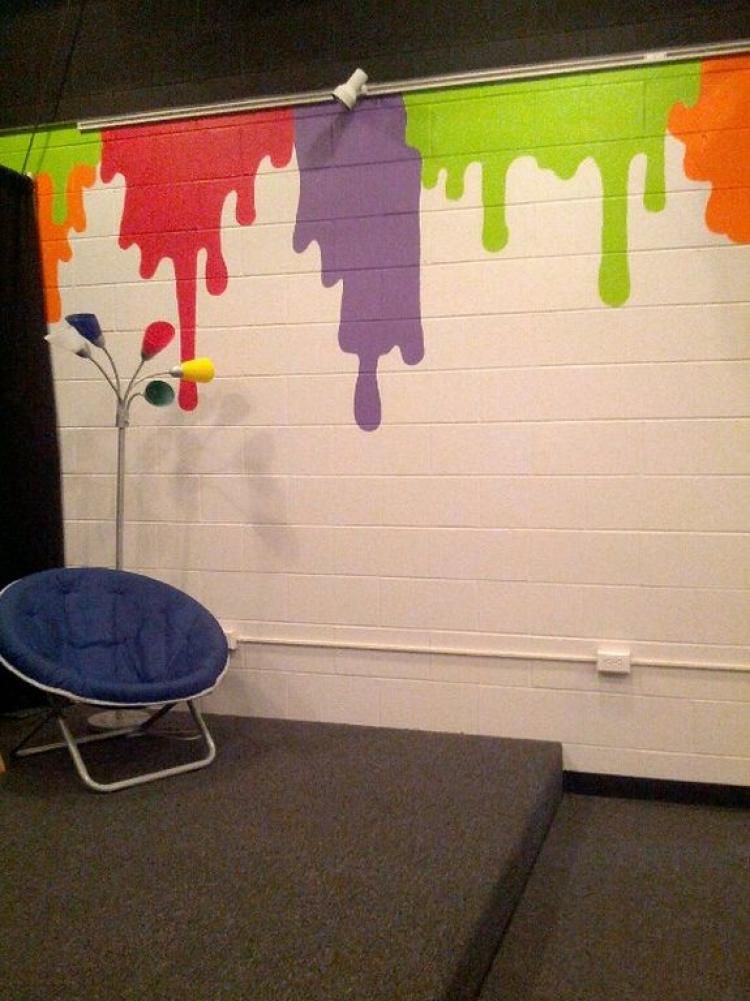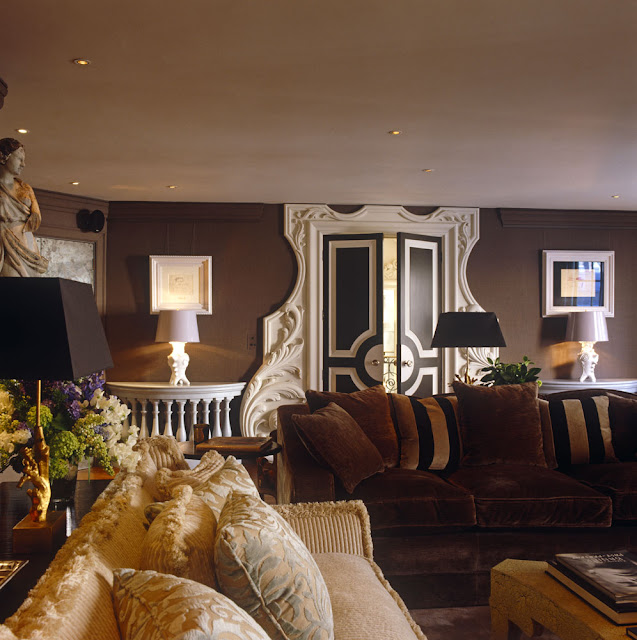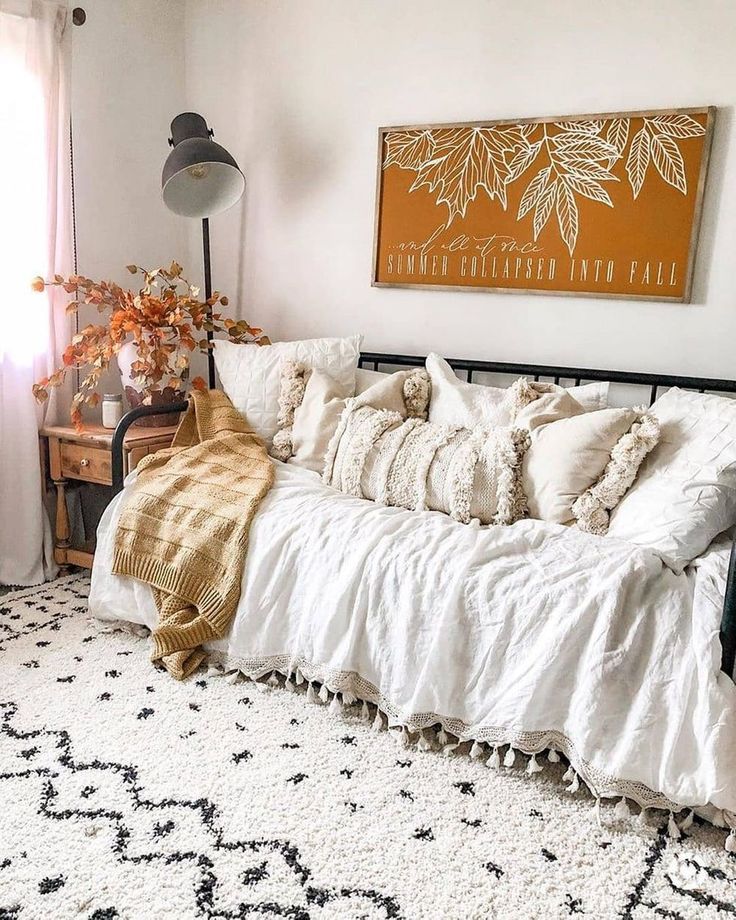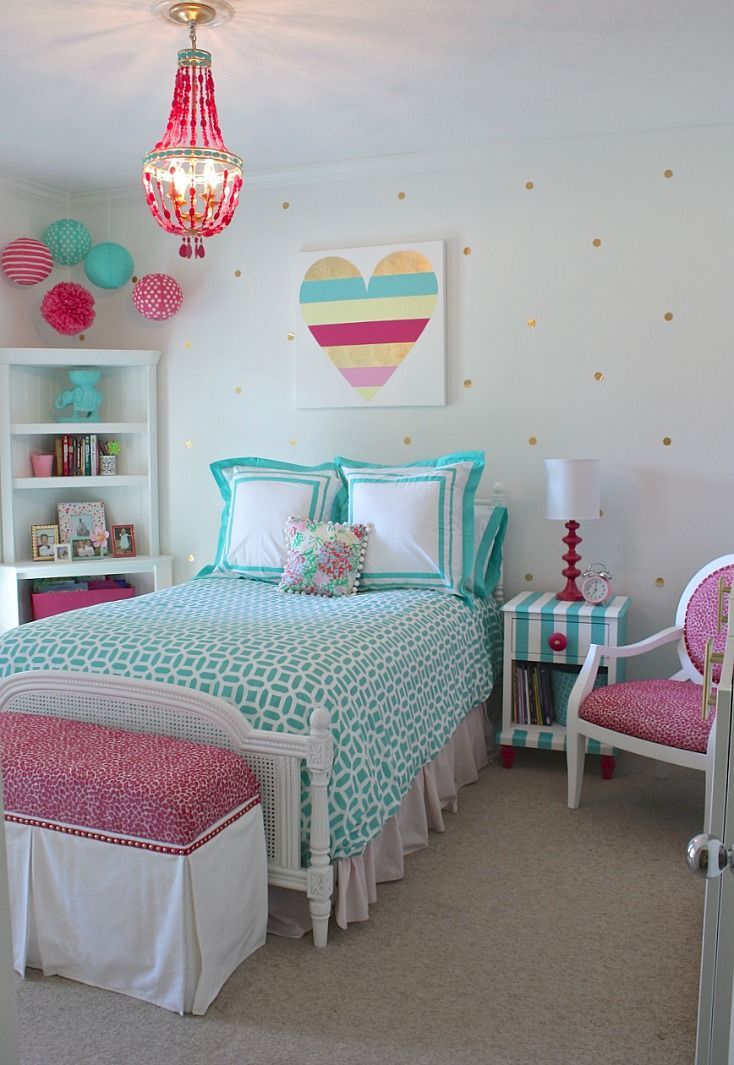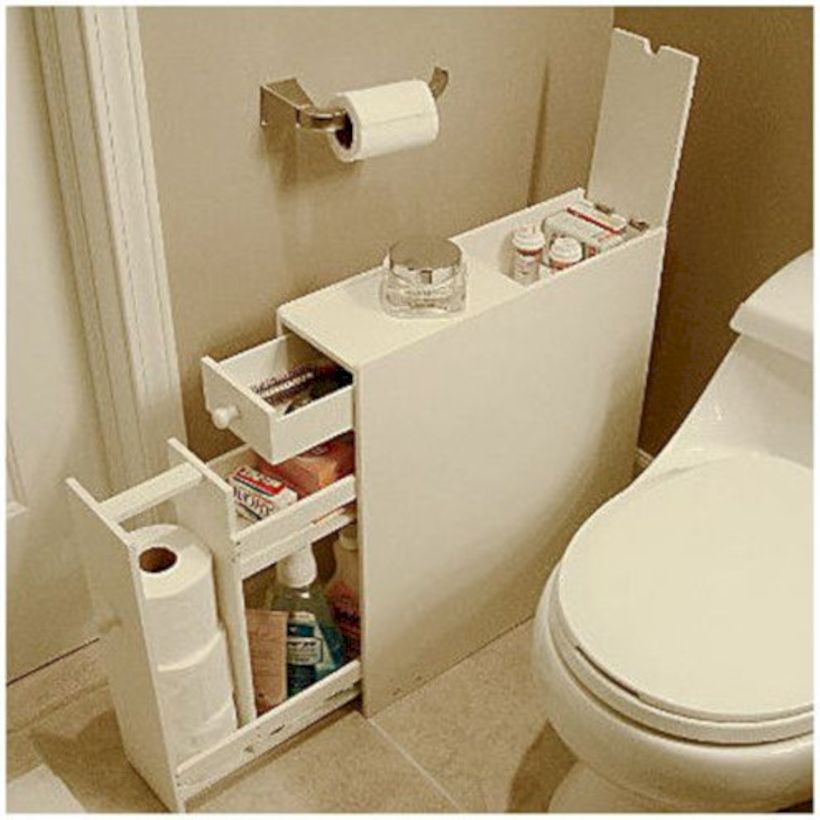Painting a room with high ceilings
How to Paint Walls with High Ceilings
Wondering how to paint tall walls over stairs? What about how to paint high ceilings over stairs? These can be tricky projects to tackle, but we have the tools and tips you need to get the job done.
Working TimeVaries by space | Difficulty LevelAdvanced - contractor recommended | Skills Involvedladder use, painting, cutting in edges |
Working Time
Varies by space
Difficulty Level
Advanced - contractor recommended
Skills Involved
ladder use, painting, cutting in edges
| Step #1: Choose Your Tools and Ladder Step #2: Prep Your Space Step #3: Make a Plan for Painting Your Space | Step #4: Paint Your Ceiling Step #5: Paint Your High Walls Step #6: Let Dry and Repeat |
Step #1: Choose Your Tools and Ladder
Step #2: Prep Your Space
Step #3: Make a Plan for Painting Your Space
Step #4: Paint Your Ceiling
Step #5: Paint Your High Walls
Step #6: Let Dry and Repeat
Supplies Checklist: How to Paint High Walls and Ceilings Above Stairs
| Broom or duster Damp rags Drop cloth Extension pole Extension pole adapter (optional) Fresh Start® High-Hiding All Purpose Primer (optional) | Ladder or scaffolding (optional) Ladder leveler (optional) Paint edging tool (optional) Paint tray Paintbrush, like a 2-½ inch Angle-Sash Brush Painter’s tape | Plastic sheeting Regal® Select Interior paint Roller with cover Warm water Waterborne Ceiling Paint or INSL-X® Color Changing Ceiling Paint |
Broom or duster
Damp rags
Drop cloth
Extension pole
Extension pole adapter (optional)
Fresh Start® High-Hiding All Purpose Primer (optional)
Ladder or scaffolding (optional)
Ladder leveler (optional)
Paint edging tool (optional)
Paint tray
Paintbrush, like a 2-½ inch Angle-Sash Brush
Painter’s tape
Plastic sheeting
Regal® Select Interior paint
Roller with cover
Warm water
Waterborne Ceiling Paint or INSL-X® Color Changing Ceiling Paint
Step #1: Choose Your Tools and Ladder
Before you start painting a high wall or tall ceiling above stairs, explore the tools that can help make this type of project a little easier.
A few specialty tool options for painting high walls and ceilings include:
- Extension Pole Adapter - Fit your paintbrush or other tools on the end of your extension pole to cut in your paint or reach hard-to-get project corners.
- Paint Edging Tool - Makes cutting in and painting around corners in high spaces much easier than just using a roller.
- Ladder Leveler - A handy device that levels a stair surface to make ladder placement easier and safer. The leveler attaches to the outside rails of the ladder and creates an even surface through adjustable legs that balance the ladder.
If you’re lucky enough to reach high walls with just an extension pole, that’s great. However, this type of project typically requires a ladder.
There are a number of ladder types to choose from. Make sure you choose the best ladder based on the height of your walls and ceiling. For especially high spaces, you might need indoor scaffolding, which you can rent.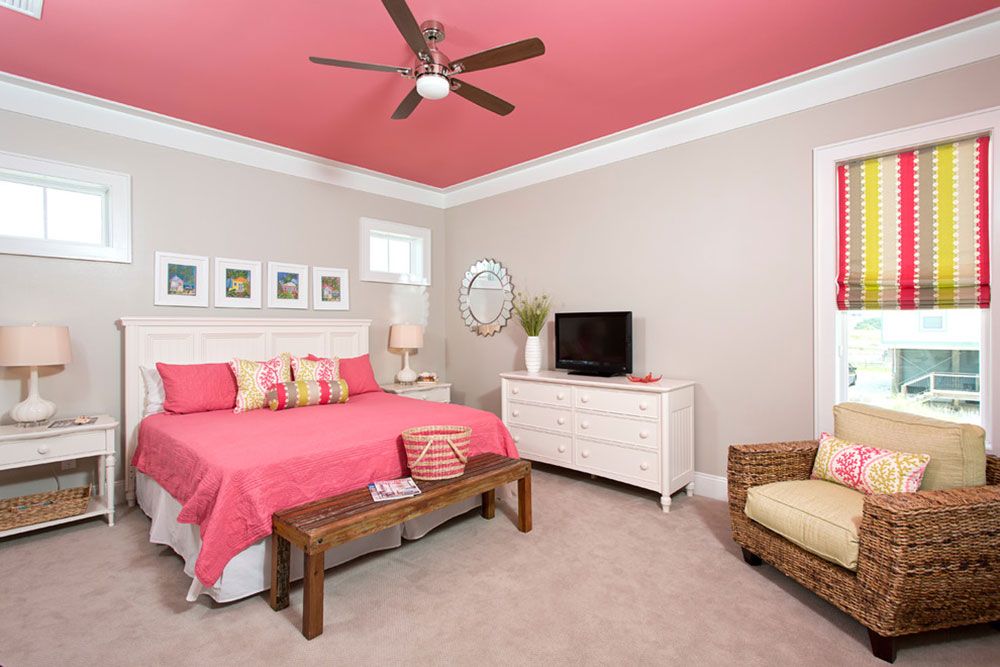
Count on your local Benjamin Moore retailer for advice on choosing the best tools and ladder for your project.
Helpful Tip
Consider renting a ladder, ladder leveler or indoor scaffolding versus buying one to make your project more cost-effective.
Step #2: Prep Your Space
When painting high walls or ceilings over stairs, remove all furniture, wall hangings and light fixtures in your project space. Cover your stairs and the area under your ceiling with a drop cloth, and tape off any stringers or molding along your staircase walls. Consider wrapping handrails in plastic sheeting. Wipe away any dust or cobwebs with a broom or duster.
Helpful Tip
Need help patching up your walls? Check out How to Fix Small Holes to get your wall hangings back up when your project is done.
Step #3: Make a Plan for Painting Your Space
Once you’ve picked out your tools and prepped your space, make a plan and get organized on how to tackle the job.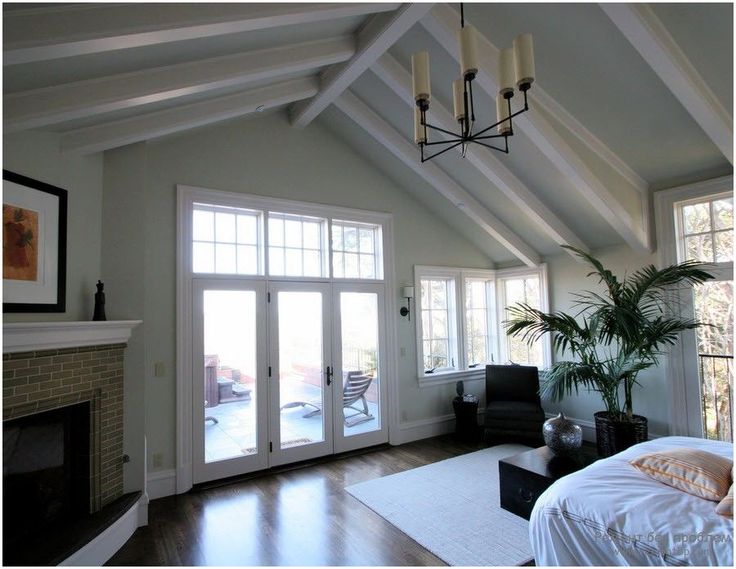
Make a list to determine which painting tool you’ll need when, since each tool comes into play at different points of the project.
Map out your project space, noting:
- The areas where you’ll be using a ladder or scaffolding
- Where you can safely place your ladder
- Where you might need a ladder leveler
- When you’ll need specialty tools like an extension pole adapter or an edging tool
Once you’ve made a plan, you’re ready to paint!
Helpful Tip
Consider making a pencil sketch of your project. You don’t have to be an expert illustrator, but getting a visual down will help you map your project out!
Step #4: Paint Your Ceiling
Using the right product to paint the ceiling above your stairs makes your project much easier.
The forgiving ultra flat finish of Waterborne Ceiling Paint offers superior hide that helps cover mistakes that are easy to make in a project like this.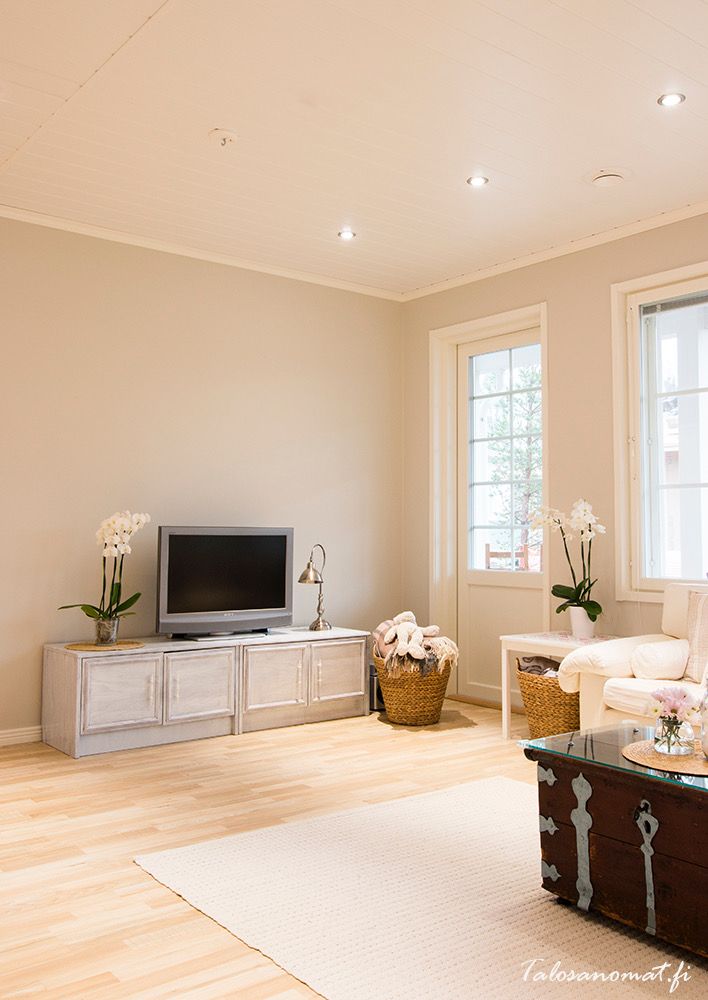
If you are committed to a white ceiling, INSL-X® Color Changing Ceiling Paint is another great option to minimize the appearance of surface imperfections. Color-Changing Ceiling Paint goes on pink to indicate missed spots, then dries to a uniform white, flat finish.
Start painting by cutting in the edges of your ceiling using a paintbrush on an extension pole. Switch to a roller and roll paint onto the remaining ceiling area in sections, moving your ladder as you go and making sure not to paint over your head.
Step #5: Paint Your High Walls
When it comes to how to paint high walls on stairs, if your walls have been previously painted, you don’t need to use primer. If you’re working with unfinished drywall, apply a coat of Fresh Start® High-Hiding All Purpose Primer before you begin painting.
Cut in the edges of walls with Regal® Select Interior paint using a paintbrush and an extension pole. Use a paint edging tool to paint the edges and corners of your project space.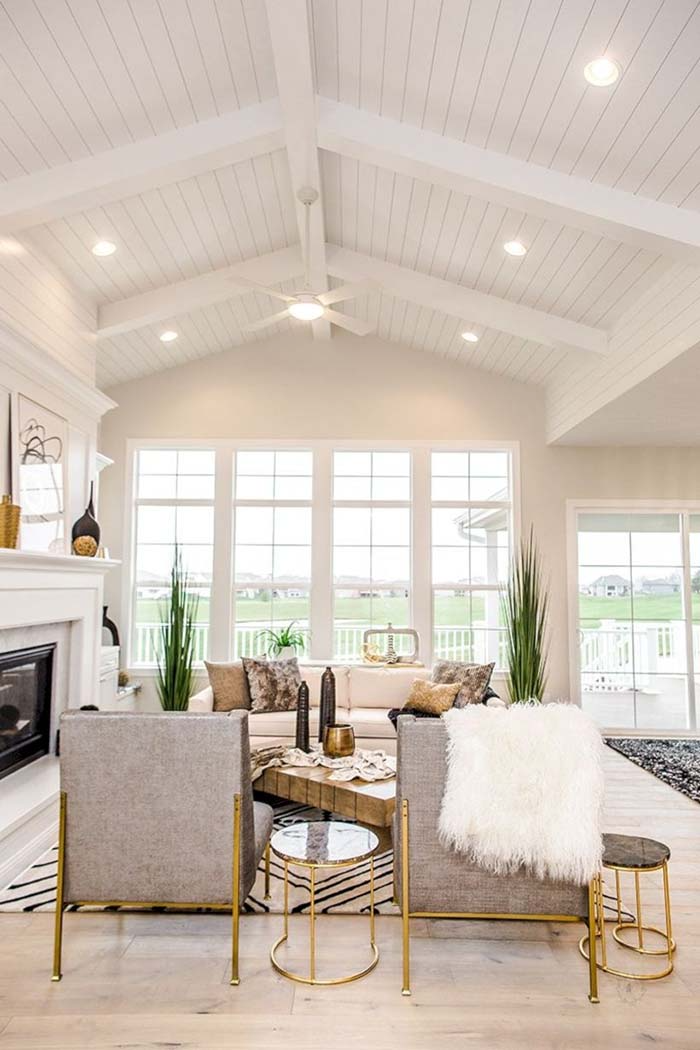
Once you’re done painting, switch to a roller on an extension pole and roll your paint along the wall from top to bottom.
Step #6: Let Dry and Repeat
For both your walls and ceiling, allow your first coat of paint to dry before applying a second coat. Let your freshly painted walls and ceiling dry completely before returning the area to everyday use.
Q. How Do You Paint Vaulted Ceilings Above Stairs?
A. The type of ladder you choose can help you reach areas of varying heights, like vaulted ceilings above stairs. Consult your local Benjamin Moore retailer for help selecting the best ladder for your project.
Q. How Do You Paint a Two-Story Foyer?
A. If you’re painting walls or ceilings over 10 feet tall, you will likely need a ladder. Two stories may require scaffolding, which you can rent.
Q. How Do You Reach the Top of the Stairs to Paint?
A. You might need a ladder, or you could reach the top of the stairs with an extension pole, depending on the height of your space.
Q. How Do You Paint Vaulted Ceilings Above Stairs?
A. The type of ladder you choose can help you reach areas of varying heights, like vaulted ceilings above stairs. Consult your local Benjamin Moore retailer for help selecting the best ladder for your project.
Q. How Do You Paint a Two-Story Foyer?
A. If you’re painting walls or ceilings over 10 feet tall, you will likely need a ladder. Two stories may require scaffolding, which you can rent.
Q. How Do You Reach the Top of the Stairs to Paint?
A. You might need a ladder, or you could reach the top of the stairs with an extension pole, depending on the height of your space.
EXPLORE PRODUCTS & MORE STAIRCASE DIY IDEAS
Waterborne Ceiling Paint
With excellent hide and a forgiving ultra flat finish, this ceiling paint makes it easy to avoid mistakes and achieve flawless results.
SHOP NOW
7 Ideas for Beautifully Painted Staircases
Check out our ideas for gorgeous staircase transformations.
GET INSPIRED
How to Paint a Staircase
Get step-by-step guidance to upgrade your staircase using the power of paint.
LEARN HOW
Waterborne Ceiling Paint
With excellent hide and a forgiving ultra flat finish, this ceiling paint makes it easy to avoid mistakes and achieve flawless results.
SHOP NOW
7 Ideas for Beautifully Painted Staircases
Check out our ideas for gorgeous staircase transformations.
GET INSPIRED
How to Paint a Staircase
Get step-by-step guidance to upgrade your staircase using the power of paint.
LEARN HOW
7 Ideas for Beautifully Painted Staircases
Check out our ideas for gorgeous staircase transformations.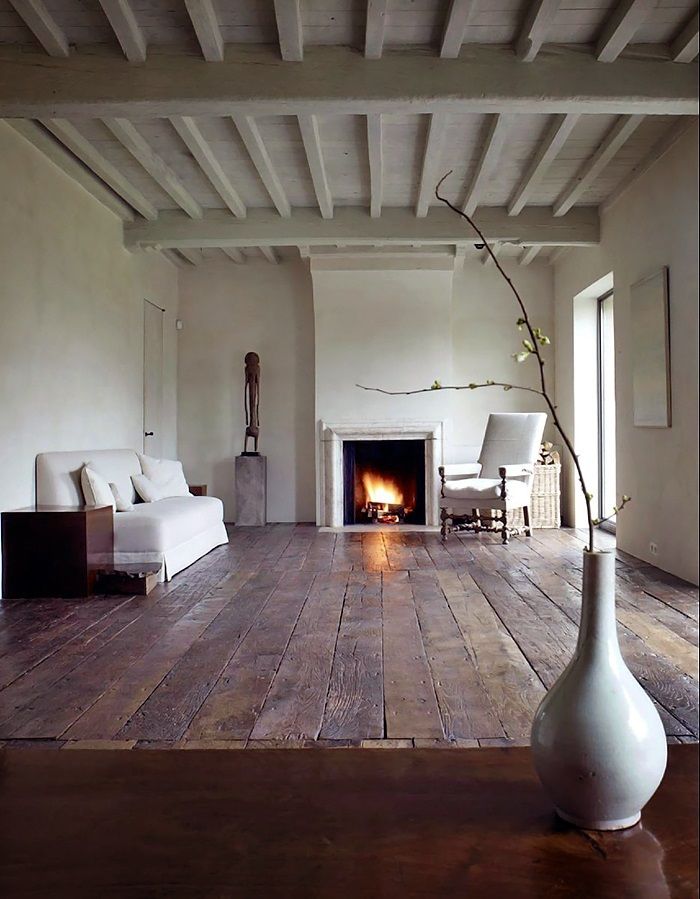
GET INSPIRED
Waterborne Ceiling Paint
With excellent hide and a forgiving ultra flat finish, this ceiling paint makes it easy to avoid mistakes and achieve flawless results.
SHOP NOW
How to Paint a Staircase
Get step-by-step guidance to upgrade your staircase using the power of paint.
LEARN HOW
6 Tips for Painting a High Ceiling
A room with high ceilings can look quite dull and unfinished if not properly addressed. The ceiling doesn’t get the same attention as the walls. Nevertheless, the ceiling is just like another wall; consider it the top wall. Just as you should refresh your walls with new paint from time to time, you should not neglect your ceiling.
When you paint a ceiling, it has a dramatic impact on the look and feel of the space.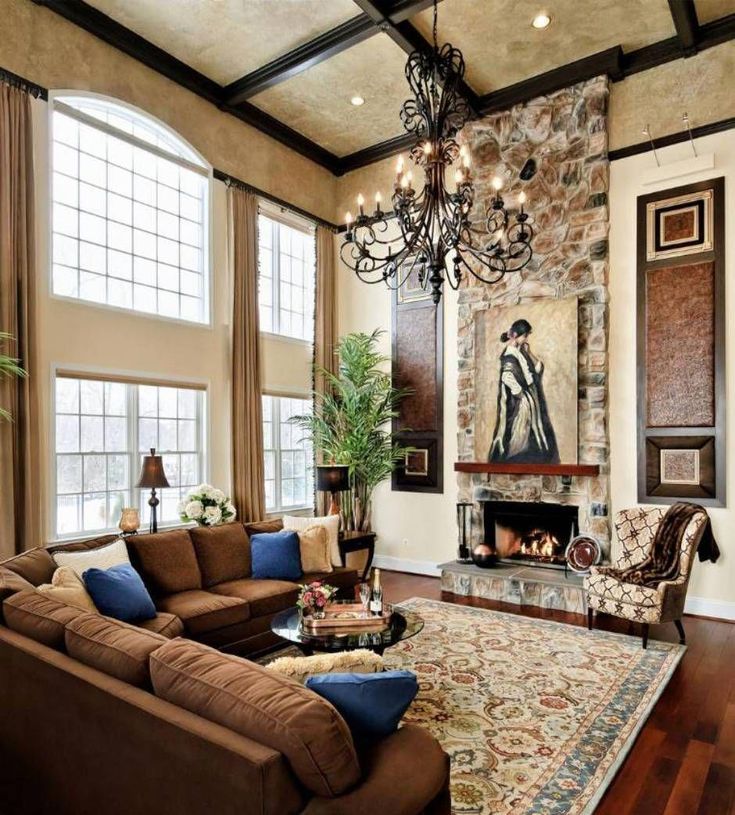 Here are a few painting tips to take into consideration when painting your high ceilings.
Here are a few painting tips to take into consideration when painting your high ceilings.
The best way to avoid messes and protect valuables when painting your ceiling is by getting everything possible out of the room. It will make the job much more efficient as you’ll be able to move around the room with ease. If you can’t move the items into another room, try moving them to the middle of the room.
2. Use Good Drop ClothsPainting the ceiling can create some extra drips. Gravity doesn’t give you any breaks when painting your ceiling. Although dripping paint is inevitable, containing and managing it is possible with good drop cloths. Anything under your ceiling should be protected with a good drop cloth that is heavy and effective at keeping paint off of your furniture and floors.
3. Use a Sturdy, Quality LadderIf you have high ceilings you may need to use a ladder while painting your ceiling. Some say scaffolding is better, but that should be left to the professionals. Scaffolding is heavy, hard to assemble, and hard to move. For ease of use, a good ladder will do.
Scaffolding is heavy, hard to assemble, and hard to move. For ease of use, a good ladder will do.
If you don’t have access to a ladder, or you just need a few extra feet, get an extending handle for your paint roller. Make sure to get the right size; otherwise, you’re going to have a really difficult time painting your ceiling. An extension will make the job simpler, easier on your body, and help you produce a more consistent result.
With a paint extension pole you can step back away from the wall and paint the entire height of the wall without bending or reaching. It keeps your body upright and helps you maintain good posture. The weight and motion of the roller are maintained within the core strength of your body. You can also maintain more control over the pressure you exert on the roller, minimizing paint drips and roller marks.
5. Choose the Right Paint ColorsIf you paint your ceiling a lighter paint color than the walls, your room appears larger and taller.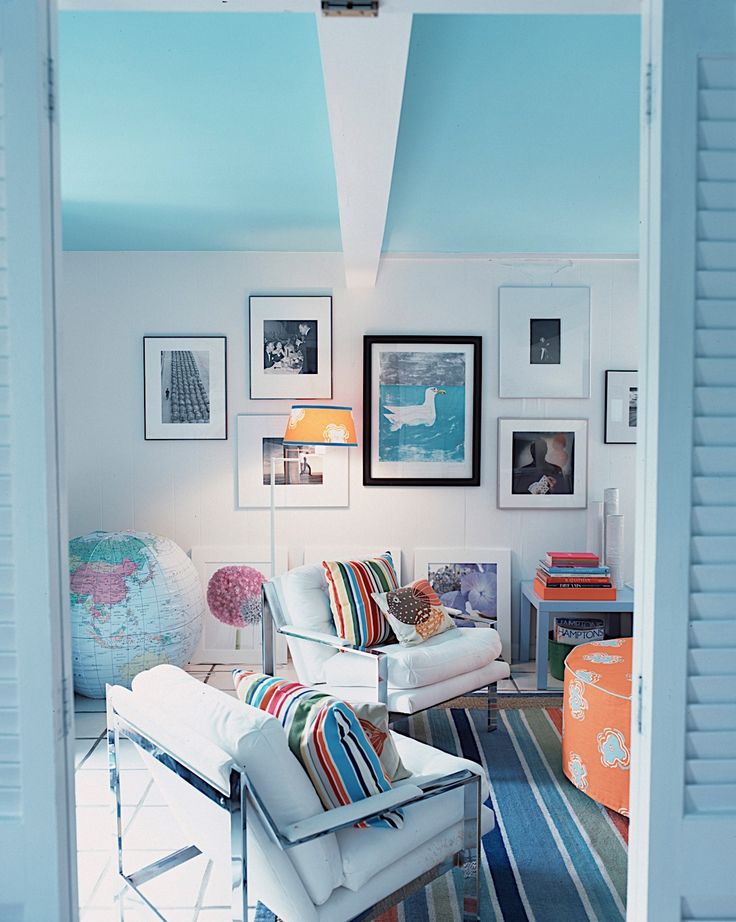 A darker color on the ceiling will make the space feel cozier, and more comfortable and compact. In rooms with a tall ceiling, it may be preferable to use a darker color on the ceiling.
A darker color on the ceiling will make the space feel cozier, and more comfortable and compact. In rooms with a tall ceiling, it may be preferable to use a darker color on the ceiling.
One option for painting your ceiling is to use a lighter or darker shade of the same color on your walls. Another idea is to use a bright or bold color to match with those used in the decor in the room, such as a piece of artwork or throw pillows.
6. Add Trim with a High CeilingAdding trim around the perimeter of the room, below the crown molding, offers another place to use color with your high ceiling. If you paint the trim and crown molding white, they set off your wall and ceiling colors nicely.
Another idea for using trim to increase your color options is to put a simple border of trim on the ceiling, following the perimeter of the room. This gives you two separate spaces to paint on your ceiling. The outer portion that is closer to the walls can be painted the same color as the walls, while the inner portion is painted white, or a separate color.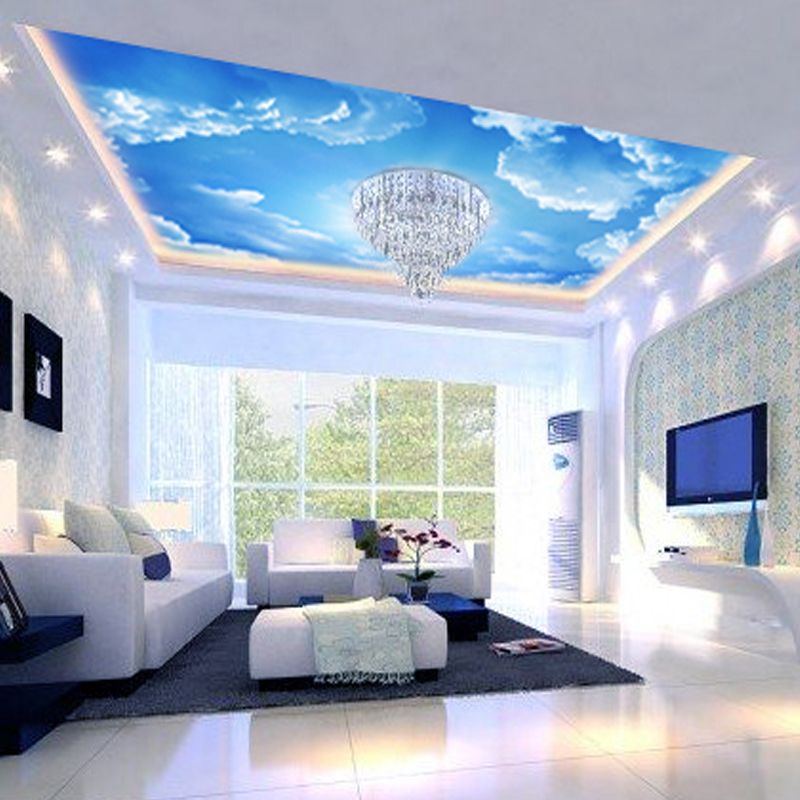
Expert Painting Professionals
Painting high ceilings can be a challenging project for a novice who doesn’t have the tools or expertise to do it right. It can be downright messy and even risky. When you’re looking up at the ceiling, it’s easy to slip on paint spills.
Instead of taking on the project yourself, why not trust it to the professionals at Walla Painting? We have the tools and know-how to best paint ceilings with minimal mess and high-quality results. We can give you tips on colors and unique ways of making your room your own.
7 tips, 35 ideas - INMYROOM
Interior decor
A room with a high ceiling is both a joy and a headache for its owner. We will tell you how to take full advantage of this space
Only a few of us can boast a home with high ceilings. However, those who are lucky break head: how to emphasize this dignity, what to do with the whole space? This will take a lot of creativity, but don't worry, we'll share with you you with tips and advice that will help you effectively equip rooms with high ceilings and avoid common mistakes.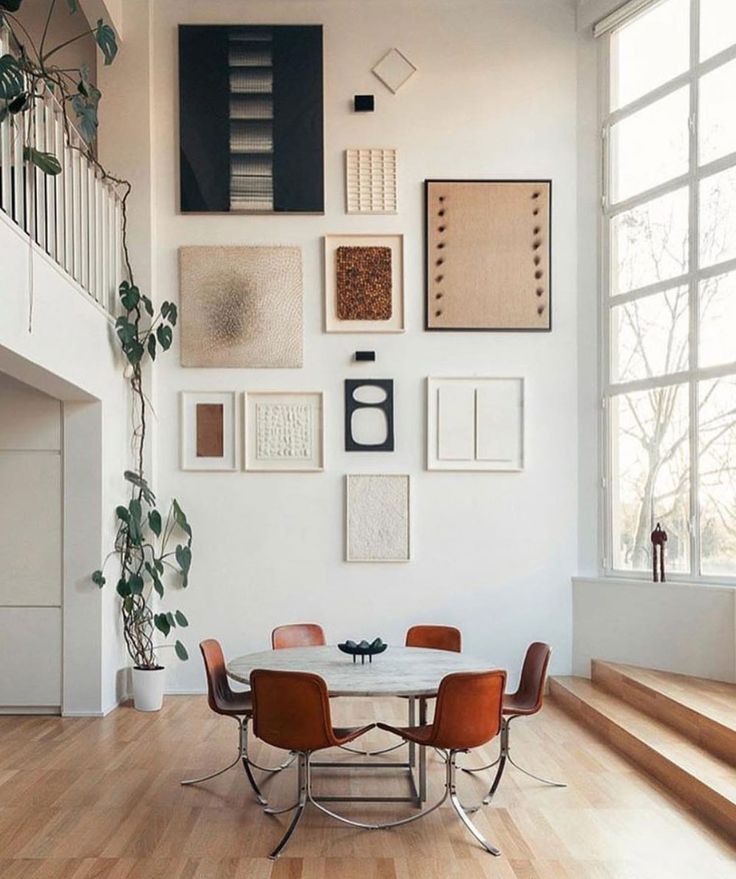 nine0007
nine0007
1. Remember the "Rule of Three"
Apply the rule of balance, which is often used in art: visually divide the wall into three equal parts - you will get three levels. The first one can be decorated with, say, wooden clapboard or "under the stone"; the second to use for decorating walls with paintings and photographs; and leave the third free. Of course, this is just one of many. decor options of three levels - fantasize! But keep in mind that the furniture should be within the first two levels - this is the only way you can save called "the feeling of a high ceiling." nine0003
2. Consider lighting scenarios
Lighting should be given special attention Attention. Large chandeliers add elegance to a room with high ceilings and make it a little more compact, but do not limit yourself to one light source: create small islands of light with table lamps, lamps and floor lamps. This method can also be used for room zoning.
3. Add more art to your interior
When decorating a room with high ceilings, the presence of paintings is not a desirable, but a necessary condition.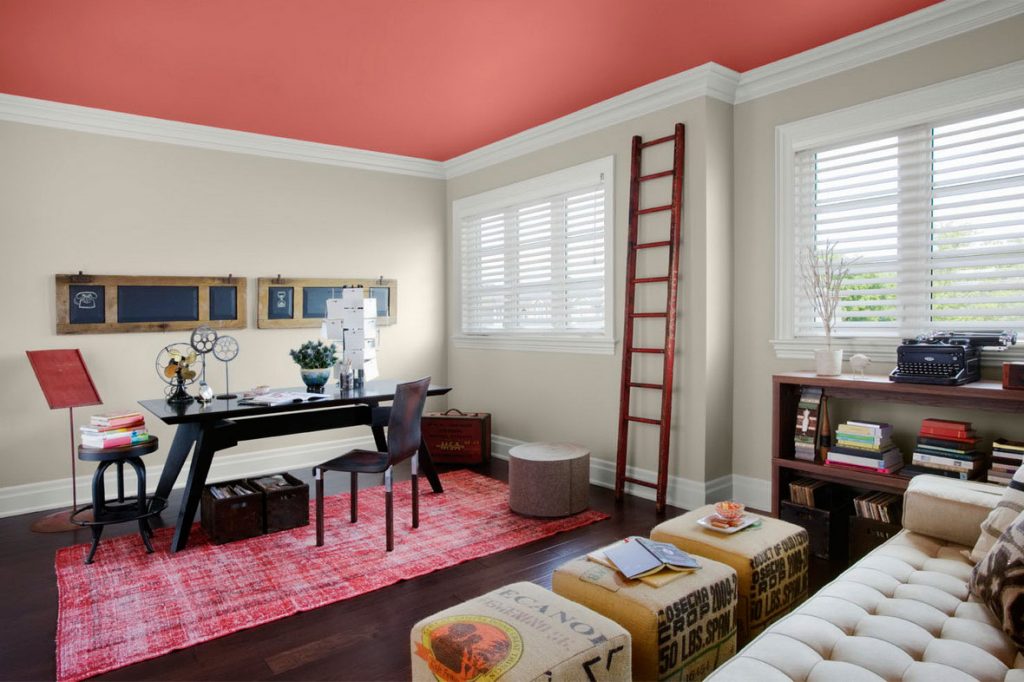 They make the room is more personal and lively, help to avoid the feeling of emptiness. Painting and photographs should be hung at eye level - approximately as they do in art galleries and museums. If you want to hang something higher then let it there will be clocks or some abstract sculptures on small shelves, and the best place for them is above the sofa or fireplace. nine0003
They make the room is more personal and lively, help to avoid the feeling of emptiness. Painting and photographs should be hung at eye level - approximately as they do in art galleries and museums. If you want to hang something higher then let it there will be clocks or some abstract sculptures on small shelves, and the best place for them is above the sofa or fireplace. nine0003
4. Make one wall stand out
Adding brightness is always good decision. Paint one of the walls a bold, catchy color by making it accent of the room, and other walls and high ceilings are visually grouped around it, giving the space a fresh and unique look.
5. Notice the curtains
High ceiling room especially in need of a sense of home comfort. This is where curtains come in handy. The best fit, of course, long curtains. Think Color: White will add freshness, red - elegance, dark shades will bring an intriguing sense of drama, as well as visually narrow the space, making the room more compact.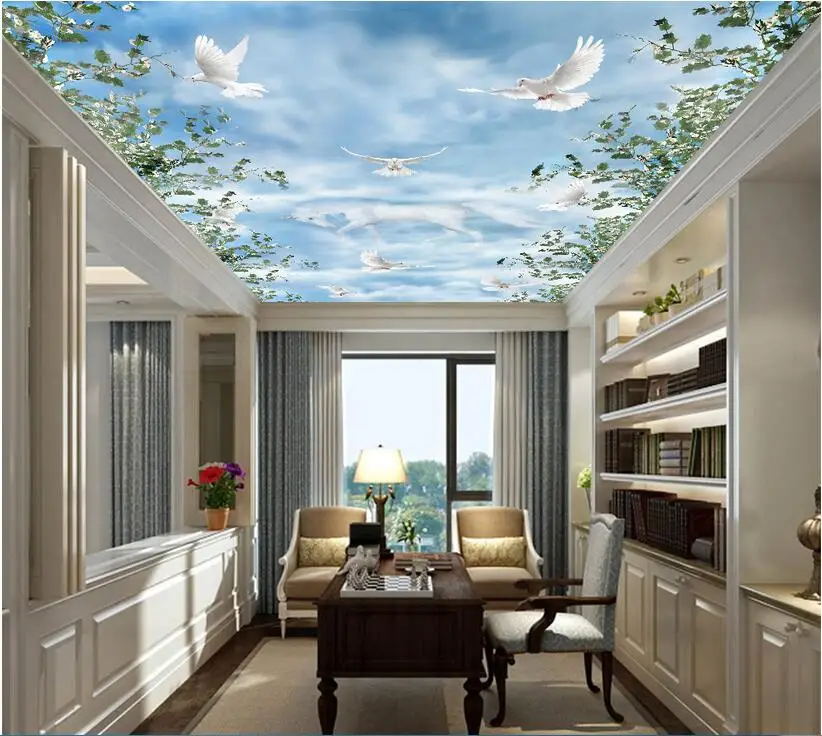 To maintain the integrity of the room, make sure that any object interior repeats the color or pattern of the curtains. nine0003
To maintain the integrity of the room, make sure that any object interior repeats the color or pattern of the curtains. nine0003
6. Experiment with the texture of the ceilings
You can make a ceiling accent the room with an unusual texture or, again, color. For example, the wooden ceiling will add a sense of warmth. You can try decorating the ceiling beams and various architectural elements.
7. Avoid wrong decisions
ceilings - they hide the space and the feeling of "airiness". Besides, keep an eye on the interior of the room: do not clutter it with small accessories and small pieces of furniture - this will upset the visual balance. Better to use more big things. Try to arrange cabinets and shelves so that their top line was not on the same level to avoid clumsiness. nine0003
Top 5 ideas for rooms with high ceilings
High ceilings provide a lot of space. Therefore, when planning the design of a room, the question necessarily arises: what to do with it and how to beat it in order to benefit from such a feature and avoid a dull void.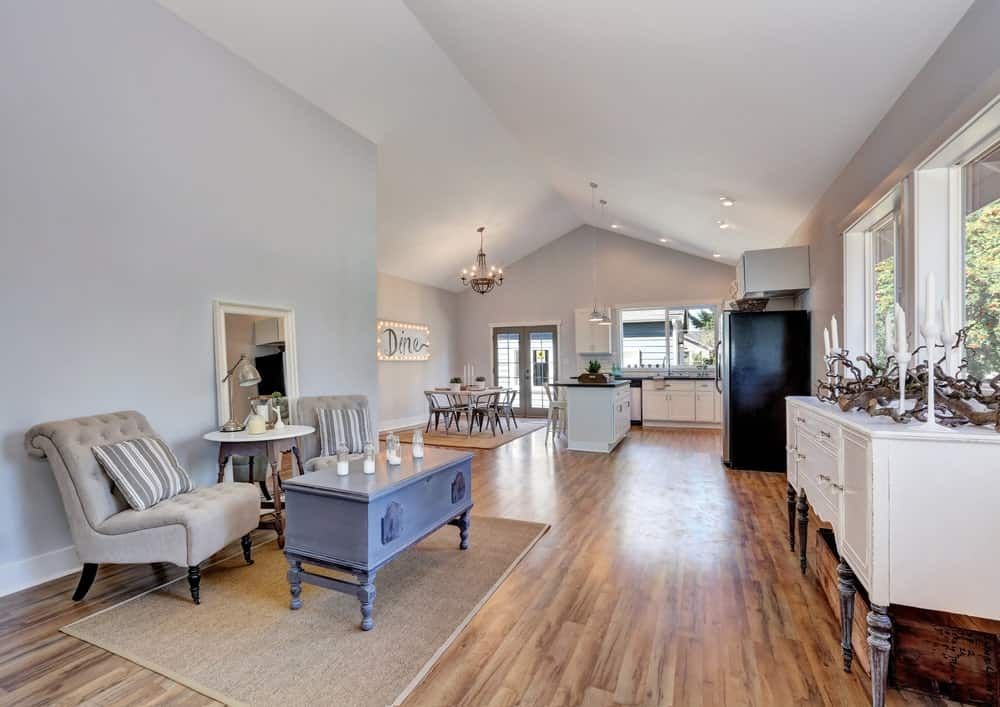 There are at least 5 possible solutions to the problem!
There are at least 5 possible solutions to the problem!
Tiered Ceilings
A logical way to play with high ceilings is to "steal" ten centimeters by building unusual structures. So, to create an ethnic, country or hunting interior, false beams made of natural wood or material that imitates it are suitable. They will not only set the tone for the entire room and create the right atmosphere, but also help disguise the wiring. nine0003
La-Belle-Galerie / Pixabay (CC0 1.0)
It is also appropriate to use multi-level structures that can have a strict geometric or any fancy shape. Such a stepped ceiling practically and effectively occupies free centimeters, allows you to create interesting lighting schemes with suspended and built-in lighting fixtures and zone the space.
829264 / Pixabay (CC0 1.0)
Single wall highlight
An accent wall is an interesting design technique, perfect for rooms with high ceilings.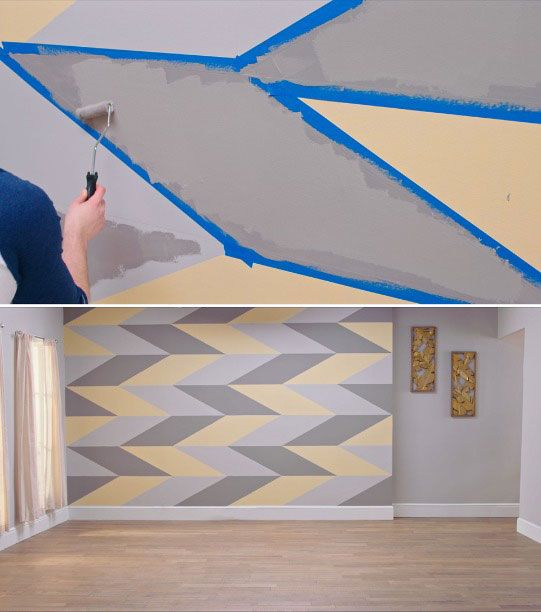 It differs from the rest in finishing or color, standing out noticeably against their background, which in general perfectly balances the dimensions of the room. If you want to visually reduce the height, you can select only the widest part of the wall.
It differs from the rest in finishing or color, standing out noticeably against their background, which in general perfectly balances the dimensions of the room. If you want to visually reduce the height, you can select only the widest part of the wall.
La-Belle-Galerie / Pixabay (CC0 1.0)
Highlighting with color is a simple technique only at first glance. In fact, it should be in harmony not only with the decoration of the remaining walls, but also with textiles and furniture. In order not to be mistaken, you can use pastel colors, for example, beige curtains and a sofa, pale olive walls and a brown "accent" wall. A more daring option is to play on contrasts. nine0003
Tio hanny / Flickr
Highlighting with textures looks good: a “brick”, wood-paneled or mosaic wall. The most difficult option is the creation of voluminous drywall niche structures, for example, for a bed or a large TV.
Tio hanny / Flickr
Rule of Thirds
The rule of thirds, a simplified version of the golden ratio, was originally used in art and photography to create aesthetic images.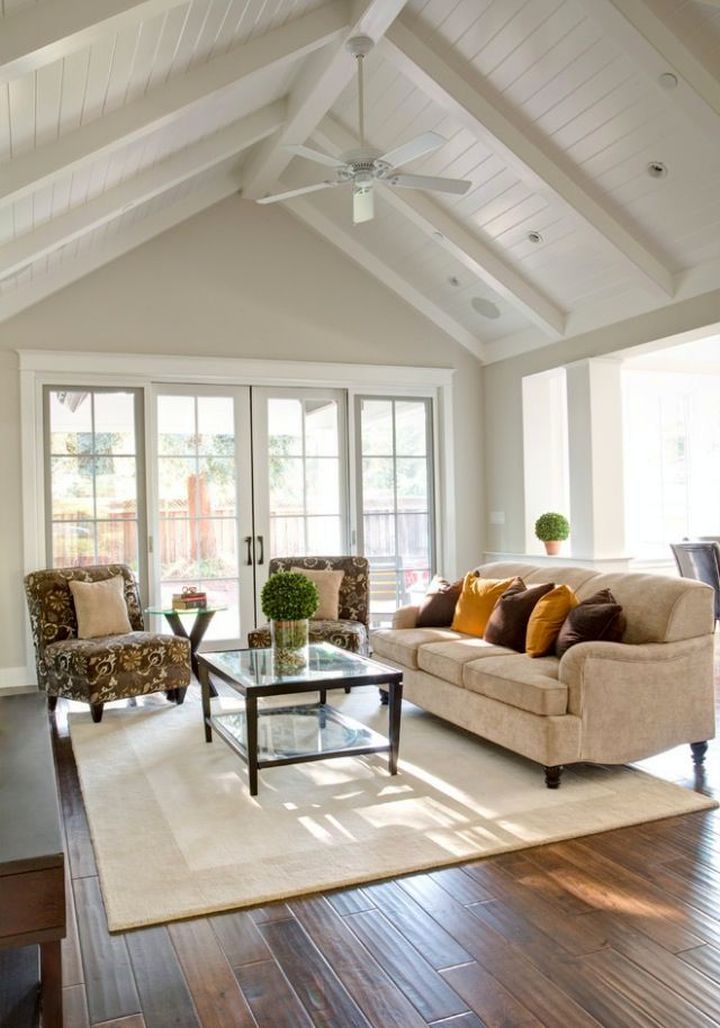 It was soon adopted by interior designers. The bottom line is the conditional division of the walls into three equal parts by using different materials or a combination of textures. And a room with high ceilings is great for putting this idea into practice. nine0003
It was soon adopted by interior designers. The bottom line is the conditional division of the walls into three equal parts by using different materials or a combination of textures. And a room with high ceilings is great for putting this idea into practice. nine0003
When planning wall decoration, furniture and accessories, you should visually divide their height into three parts, each of which will have its own role. For example, the lower tier will be highlighted with wooden panels or dark wallpaper, the middle one will be occupied by paintings or photographs, and the upper one, right under the ceiling, will remain free. At the same time, the furniture must necessarily leave the upper third free, unused.
Tio hanny / Flickr
There is another interesting variation of this rule: splitting wall finishes in proportion of 60%/30%/10% height. The upper part is occupied by a wide cornice - fortunately, high ceilings allow this. The lower and middle ones differ from each other in the material for decoration or in color.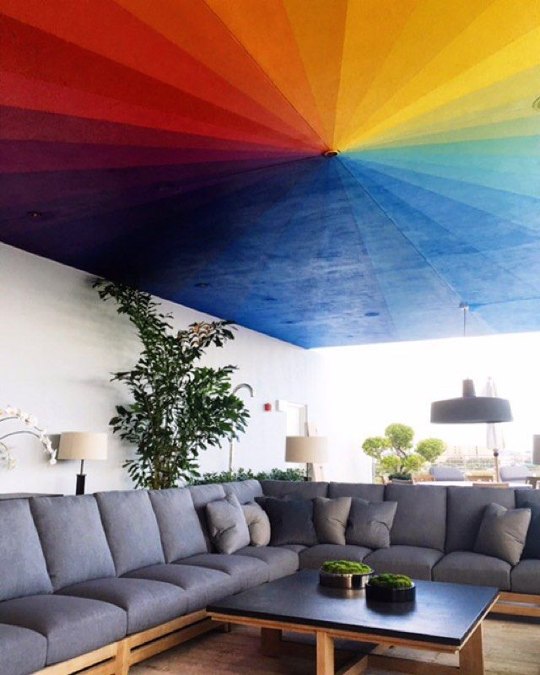 nine0003
nine0003
Luxury at its finest
A spacious room is an excellent platform for creating a classic interior. If antique bas-reliefs and crystal chandeliers look at least out of place in a small room, then high ceilings allow you to use elegant and even extravagant details. The main thing is a sense of proportion and harmony. Let's say, a free space under the ceiling is well occupied by a voluminous chandelier - a multi-tiered lamp with crystal pendants, referring to the splendor of palace interiors, looks spectacular. In addition to the aesthetic function, the chandelier perfectly fulfills its main role - the role of a source of bright lighting, with which the issue is especially acute in large rooms. For evening and daylight, you can place laconic and classic lamps on the lower levels. nine0003
The chandelier sets the main "respectable note". It remains to supplement it with other elements that match the style: natural materials, antiques, heavy curtains with tacks, bas-reliefs on the ceiling or imitation of stucco.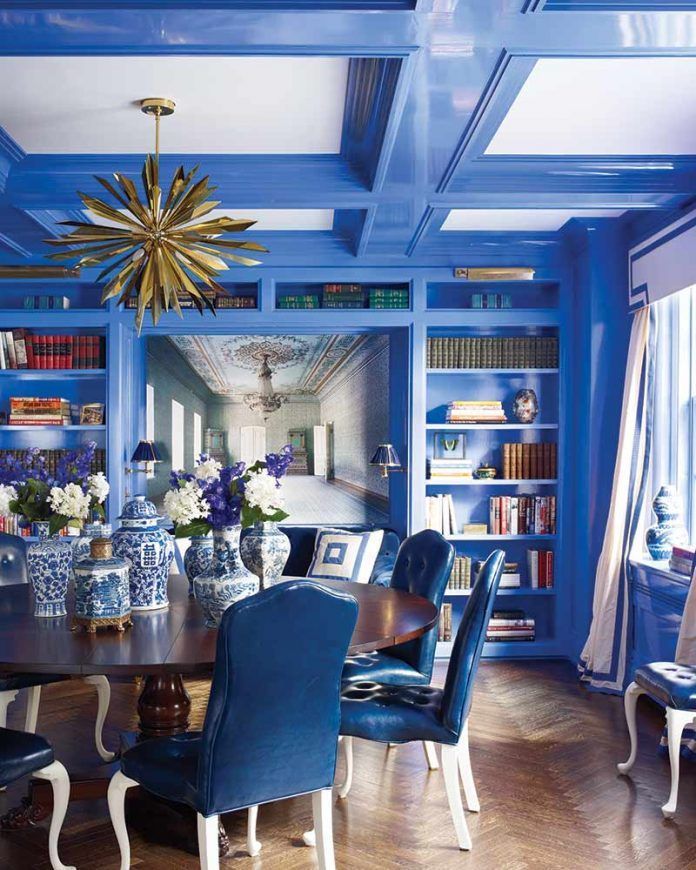 It is very important to think over their combination and quantity, since in this case it is very easy to cross the border between moderation and redundancy and not notice it, just like making the room look vulgar or museum-like.
It is very important to think over their combination and quantity, since in this case it is very easy to cross the border between moderation and redundancy and not notice it, just like making the room look vulgar or museum-like.
estall / Pixabay (CC0 1.0)
Large accents on the walls
To prevent the emptiness in the room from being so obvious and noticeable, high walls need to be filled with something. Designers advise not to limit yourself to furniture and use large elements at an average level - paintings and large mirrors. They will balance the proportions and give the room a bohemian look. Another option is to use photopanels, consisting of one or more modules. But images of small sizes, even composed in a composition, are unlikely to be appropriate. They just get lost. nine0003
mumnnn / Pixabay (CC0 1.0)
Images should be chosen according to the style of the space and, of course, personal liking.



